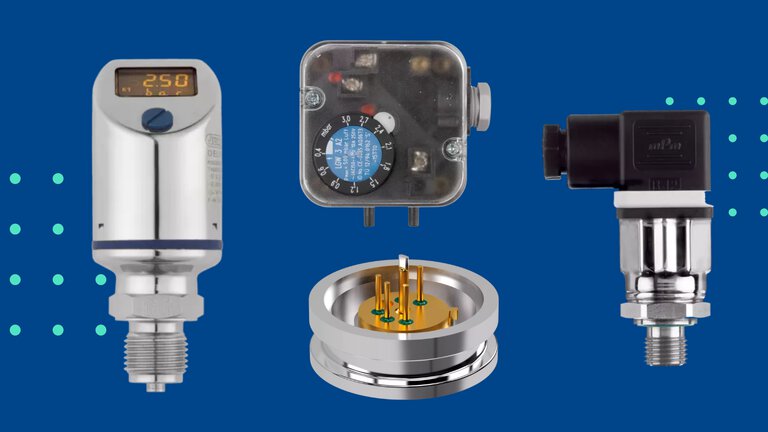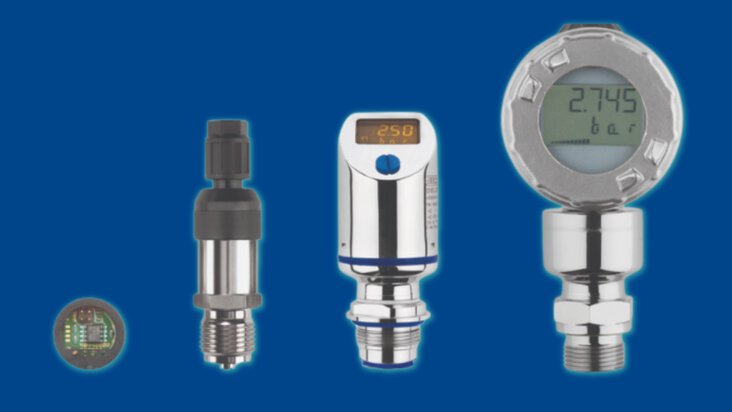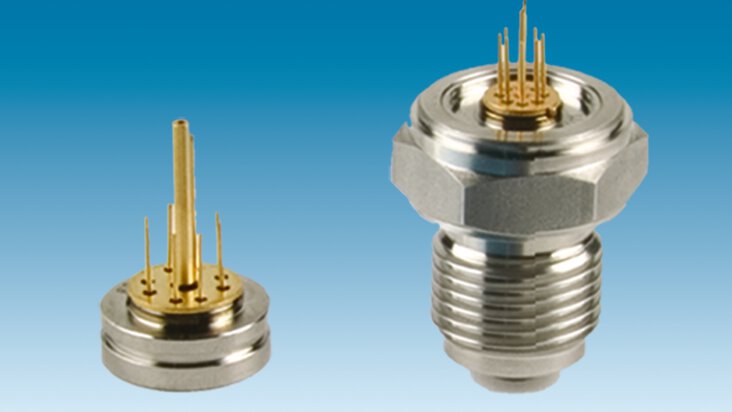
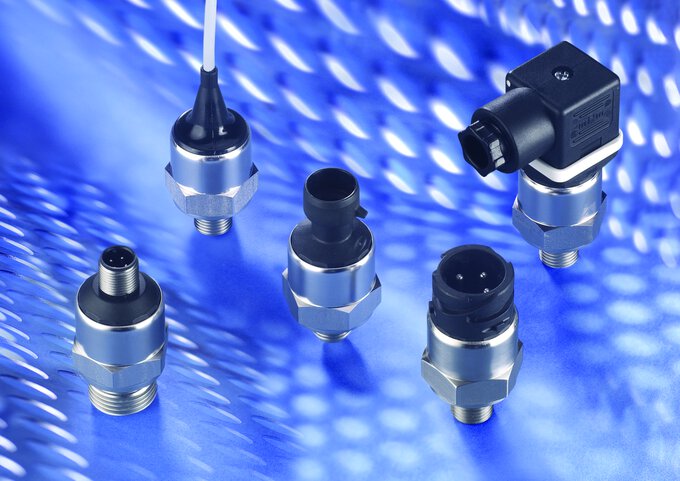
Glossary of terms: pressure transmitter accuracy, precision, resolution and drift
Having trouble understanding the differences between pressure transmitter accuracy, precision, resolution and drift? Don't worry, because you are not alone! These terms can be quite daunting, but knowing the distinction between them can help you make better decisions when it comes to choosing the right gauges for your specific needs and checking that they are working correctly once installed. So, sit back, relax and let's dive into the world of pressure transmitter terminology.
Pressure transmitters – operating principle
A pressure transmitter is a device that measures the pressure of a liquid or gas in a pipeline or tank. Its function is to convert this physical value into an electronic output signal that can be received by monitoring and control equipment. Transducers are used everywhere in industry where accurate pressure measurement is important, from oil refineries to processing plants in the food industry.

Application areas for pressure transmitters. Those in special design can also be used in hazardous areas.
What is accuracy and how is it related to pressure transmitters?
Accuracy is one of the most important elements when it comes to pressure transmitters. It refers to how well the pressure is measured and reported by the pressure transmitter in its output signal in relation to the actual pressure.
Think of it like a marksman aiming for the bull's-eye - every shot should hit the target with centimetre accuracy. This is so important in pressure measurement because even a small error in measurement can have serious consequences in many industrial applications.
Take the oil and gas industry, for example, where small differences in pressure readings can potentially lead to catastrophic accidents. Pressure transmitter accuracy therefore ensures not only optimum performance, but also safety.
How do you calculate the accuracy of a pressure transmitter?
To calculate accuracy, subtract the measured value from the actual pressure, divide this difference by the full scale of the sensor and then multiply by 100 to express the result as a percentage.
For a better illustration, let's take the JUMO MIDAS S05 pressure transmitter, whose accuracy ranges from 0.2 to 0.3%. For example, if the actual pressure is 100 PSI, the sensor can provide readings between 0.2 and 0.3% of this value, which would give a value between 99.8 and 100.3 PSI. This is a highly reliable and accurate sensor, making it suitable for a variety of applications where accurate pressure readings are critical.

The JUMO MIDAS S05 is a pressure transmitter that accurately measures the actual pressure value
Precision of a pressure transmitter – what does it mean?
Precision refers to the degree to which the sensor readings are grouped together. The tighter they are clustered, the more precise the pressure transducer, whose measurements are repeatable. For example, if a pressure transducer consistently reads 100 psi when exposed to 100 psi of pressure, it can be considered precise in its readings.
Pressure sensor resolution – understanding the difference between accuracy and resolution
The resolution of a pressure sensor is often confused with its accuracy. Resolution refers to how accurately a pressure transducer can measure pressure and changes over time, whereas accuracy refers to the difference between what you are measuring and its true value.
In other words, resolution defines how small a change in pressure can be detected by the transducer. It is similar to the sharpness of a camera lens or the clarity of a sound recording. Higher resolution means greater sensitivity and detail in pressure measurements. So, if you need to get really detailed pressure readings, pay attention to this parameter and choose the right measuring devices!
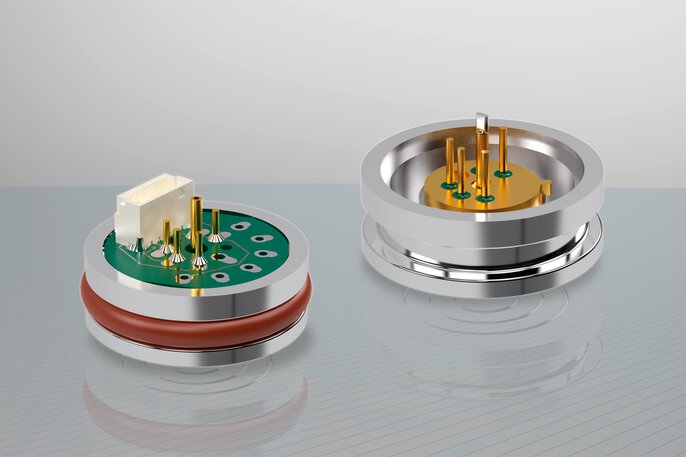
JUMO CEROS S01 M digital I2C OEM pressure sensor has high signal resolution (15 bits)
Drift in pressure transmitters – what causes it and how to avoid it?
Finally, we come to the issue of drift in pressure transducers. Drift occurs when a transducer's readings gradually change over time due to factors such as changes in temperature or environmental conditions. Think of it like a car that veers slightly off course during a long journey.
For example, a pressure transmitter may start out with an accurate reading of 100 psi, but due to drift its reading may slowly drop and eventually reach 97 psi after some time. This can be a serious problem in industrial settings, where drift can lead to significant errors and losses.
To prevent pressure transmitter drift, ensure that the pressure transmitter is properly installed, regularly serviced and temperature compensated.
Tips for ensuring high quality pressure transmitter performance
Maintaining the consistent performance quality of a pressure transmitter is essential for any application that requires precise measurements. Firstly, make sure it is properly installed and calibrated. Also keep it clean and protected from environmental factors such as dirt, moisture and extreme temperatures. Remember to service and check the unit regularly too - this will help identify any problems before they become a disaster!
How can correct calibration of a pressure transmitter improve its performance?
There is no other solution - if you want your pressure transmitters to perform at their best, you need to calibrate them regularly. If done correctly, it provides information to help you prevent false readings and compensate for measurement errors. By taking care of regular, periodic calibration, you will therefore obtain reliable data and avoid downtime.
How to extend the service life of a pressure transmitter? Practical tips
In summary, accuracy, precision, resolution and drift are important aspects of pressure transmitters that we need to understand in order to improve their performance. Furthermore, through calibration and maintenance activities, you can not only improve the accuracy of pressure transmitters, but also extend their service life. In addition, remember to always check your pressure transmitter installation for any possible faults before installation. Following these tips will help to guarantee long and accurate pressure transmitter performance. Good luck!
- ${title}${badge}
